Loading...
Do not worry,
we wait with you...

Numerous monuments are found in the streets of Malaga, due to the long history of this capital, it is recommended to walk through the main and central streets of Malaga to enjoy each of them.
Engineering work declared an Asset of Cultural Interest as a historic site. It is located in the neighborhood of Ciudad Jardín. It is considered one of the most important hydraulic engineering works of the 18th century in Spain. It allowed water from the Guadalmedina to be carried to the city through its 10.8 km in length, with 33 bridges, 30 aqueducts and several arcs. The architect José Martín de Aldehuela was in charge of the construction of the aqueduct, the works began on October 8, 1782, finishing the aqueduct on September 7, 1784.
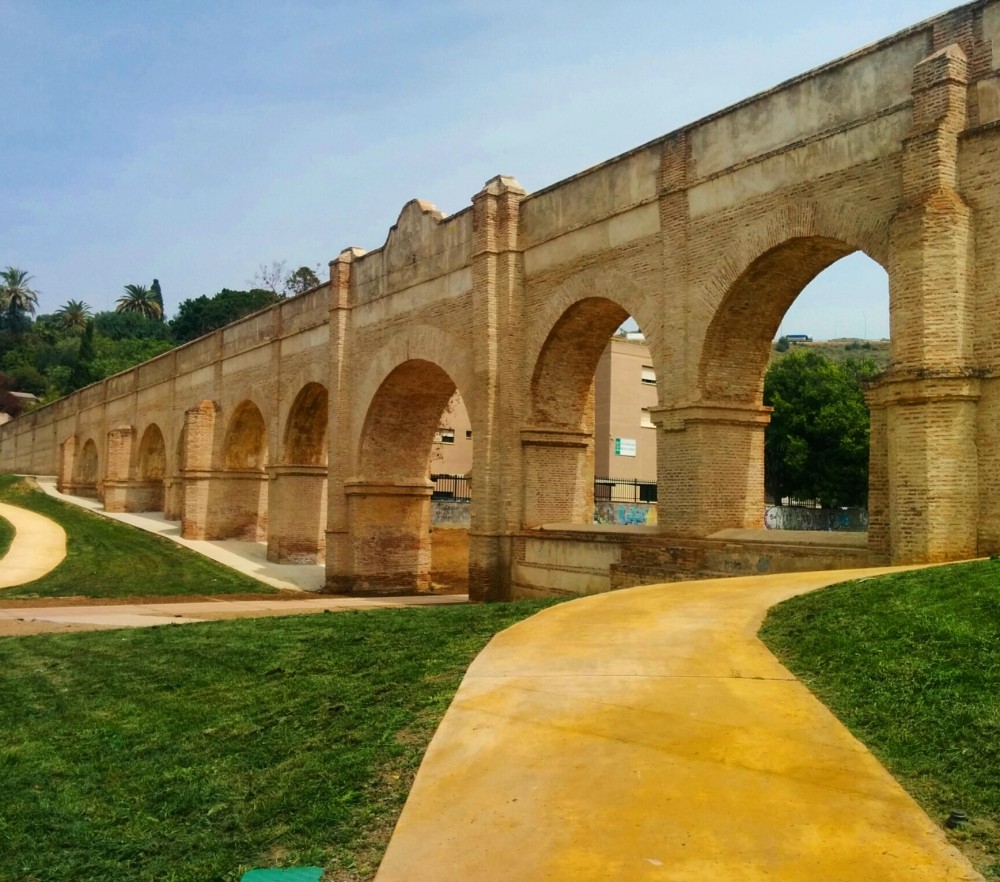
This cemetery has been used as a burial place since the beginning of the 19th century, and is one of the few nineteenth-century cemeteries that have arrived practically intact to the present day: the façade, the chapel, most of the pantheons, and the condolence or wake rooms have been preserved as they were built in the 19th and early 20th centuries.
Plaza del Patrocinio, 8
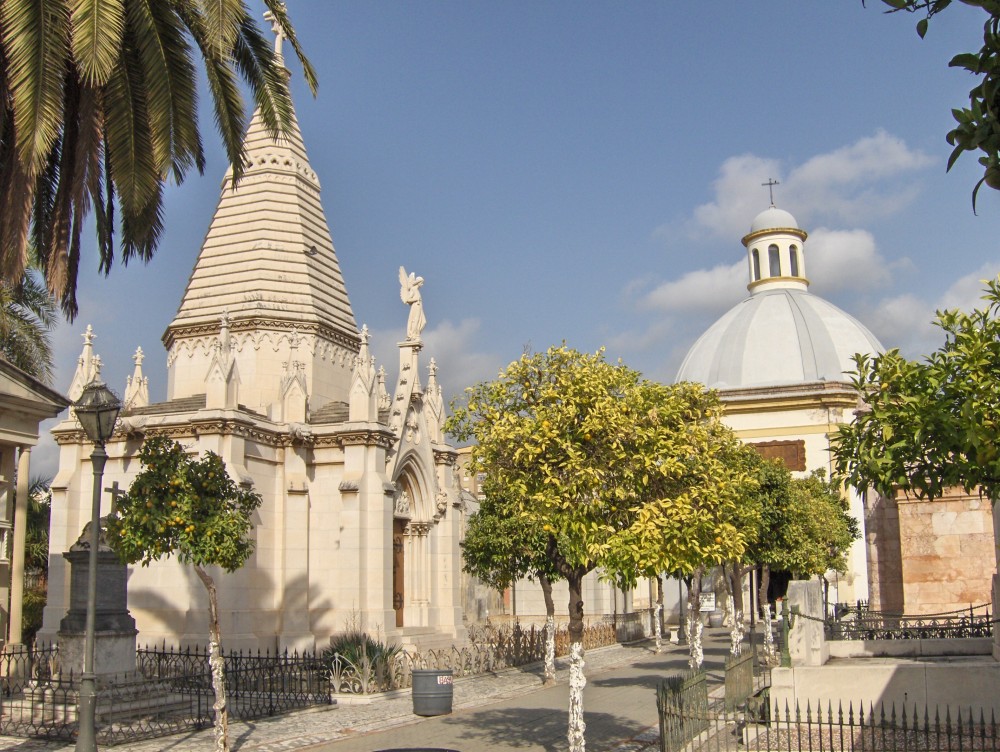
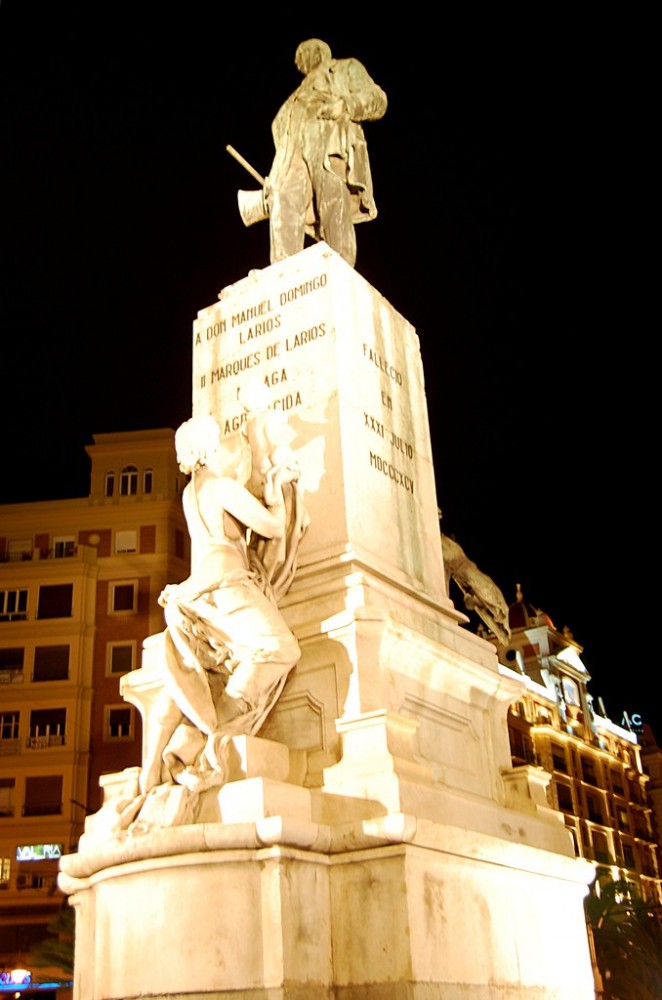
The monument to the Marquis of Larios is an urban sculpture dedicated to Manuel Domingo Larios y Larios, II Marquis of Larios, in the Spanish city of Málaga. The public sculpture made by Mariano Benlliure, the most important of the city, is located at the intersection between the Alameda Principal and Larios Street, an emblematic place of the Andalusian capital.
Palatial fortification from the Muslim era, built on a previous fortification of Phoenician-Punic origin. It is located on the slopes of Mount Gibralfaro, in an elevated but contiguous position and linked to the historic centre of the city, which constituted the ancient Madina of Málaqa, and at the top of which is the Castle of Gibralfaro. It was built in two stages, the first in the 11th century with limestone from nearby quarries, and the second at the end of the 13th century to repair the damaged parts and reinforce them with walls and masonry towers.
Calle Alcazabilla 2 - 952 122 020.
Bronze sculpture by José María Córdoba commissioned by the Danish Royal House, presents the Danish writer sitting on a bench, spent in our city during the first days of October 1862, and collected in his work Journey through Spain. Impressed by the beauty of Malaga, its light, its sea, its light and its people, Andersen wrote "in no other Spanish city have I ever felt so happy and so at ease as in Malaga".
Plaza de La Marina
It is dedicated to General Torrijos and the forty-eight companions shot between San Andrés beach and El Bulto neighbourhood on 11 December 1831. It is a very relevant and characteristic urban civil monument of last century's Málaga. It is located in the centre of the well-known and emblematic Plaza de la Merced, where there is an obelisk and its pedestal which is made up of a crypt, where the remains of General Torrijos rest. The obelisk adorns Laurel crowns, one for each of the victims of that tragic event.
Plaza de La Merced
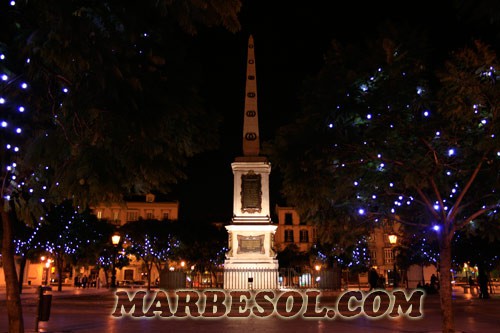
On the mountain of the same name was built this fortification in the fourteenth century, by Yusuf I of Granada, in order to protect the Alcazaba from artillery attacks from the nearby hills and house the troops. This is a fortress with double row of walls that also contained cisterns and warehouses to maintain a garrison of about 5000 men. It has a spectacular viewpoint from which you can enjoy spectacular views of the Bay of Malaga.
Camino de Gibralfaro 11 - 952 122 020
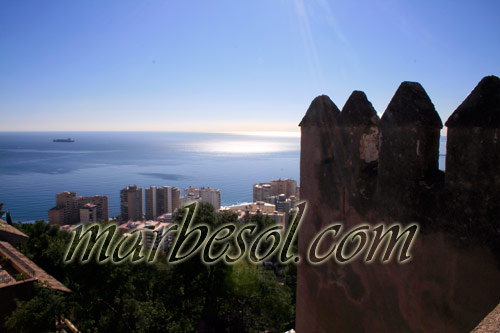
In the nineteenth century was built 'La Farola' work of engineer Joaquín María Pery y Guzman, is a lighthouse located in the port of Malaga. It is one of the symbols of Malaga as it gave the entrance to Malaga to all boats and visitors by sea. The works began in 1816 to be completed in mid 1817, at the time of Ferdinand VII. In 1885 the streetlamp was reformed and provided with a new luminous system, in addition to a tower of approximately 4 meters on the tower. Due to an earthquake and to the lamentable state in which it was left, it was restored again. In 1909 the existing house was enlarged and the original façade was reformed.
Paseo de La Farola 19
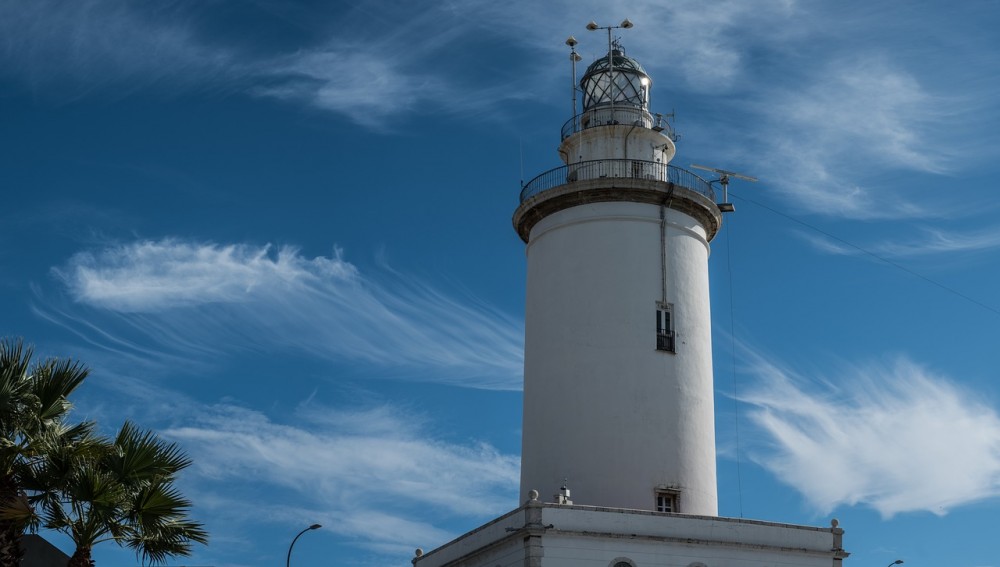
It was built in the time of Augustus, 1st century B.C., and was used until the 3rd century. The Arabs used its remains for the construction of La Alcazaba. The Theatre remained hidden for centuries until 1951 when it was discovered while building gardens. It is located in the historic centre of the city, at the foot of the Alcazaba hill.
Calle Alcazabilla 8 - 951 041 400
The cenachero is the fisherman who, in his cenacho or esparto grass door, carries the fresh fish that he proclaims in the streets, making his baskets dance; a trade that has disappeared. The cenachero is, together with the biznaga or the boquerón, a popular symbol of the Andalusian city of Málaga, Spain.
Plaza de La Marina
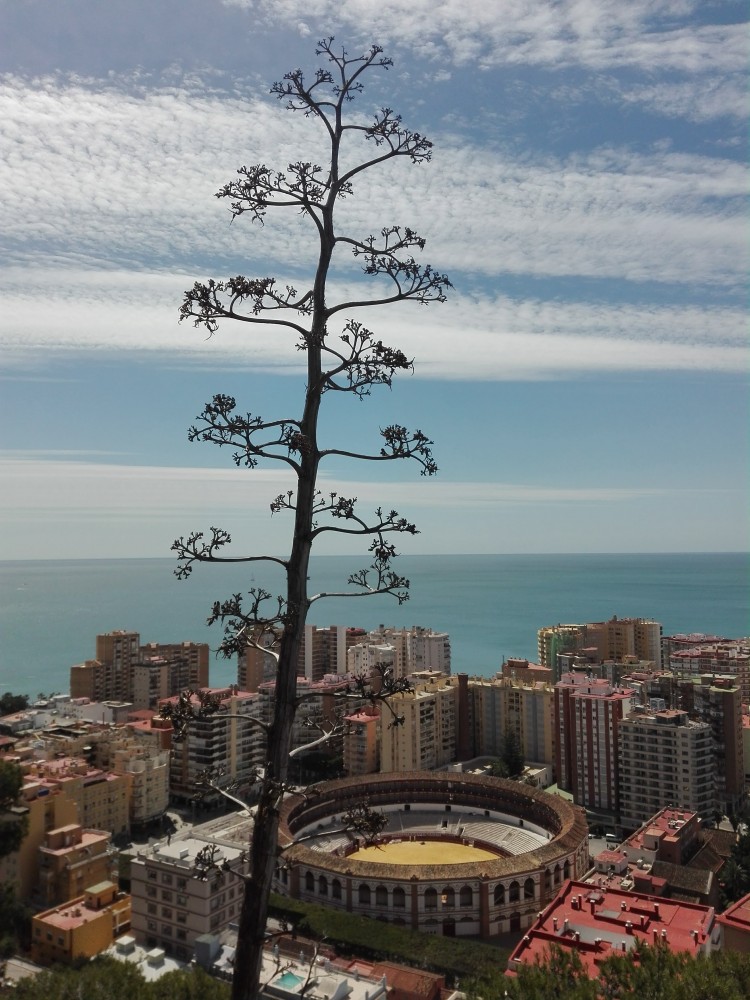
From 1874 by Joaquín Rucoba, neo-Mudejar style, located on the Paseo de Reding, whose capacity for 14,000 people. Inside which is located the famous Bullfighting Museum.
Paseo Reding 8
The bridge of Santo Domingo or popularly known as the bridge of the Germans. Metallic construction, which connects the Pasillo de Santa Isabel with Santo Domingo, fruit of the gratitude of the German colony to the city of Málaga for the help that the city lent to the castaways of the war frigate Gneisenau on 18 December 1900.
Pasillo de santo Domingo 5
